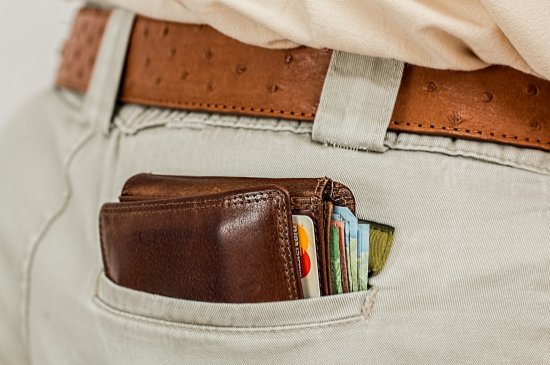
Image Source: Pixabay.com
Bouncing back after bankruptcy is a journey and those that racked up big credit card debt that was discharged in Chapter 7 or 13 might be gun shy about plastic. However, rebuilding your credit score after bankruptcy is critical and it’s almost impossible to do without credit cards. If you were burned by credit card debt before, you may not want to have larger lines of credit open to you. But if you keep your limits low out of fear, you’ll cheat yourself out of a better credit score.
Rebuilding Credit Starts Slowly and Is a Process
After you get your bankruptcy discharge, within just a few months, you should see credit card offers in your mailbox. At first, these will likely be low quality offers that come with higher interest rates. Worse than high interest rates, though, are those that come with monstrous fees. Some secured cards will offer a low credit line of $200 (on average), then charge $100 annual fee, $50 account set up fee, and other charges so that you get the card and already owe most of the credit line without buying a thing.
It’s best to not take the first offers that come in and instead wait for better ones to come along, which should happen within six months or so after your bankruptcy discharge. The interest rate is not as important as the fees and other charges if you use your cards wisely. For instance, if you can get a secured card at 25% with no annual fees or set-up charges, that might be better than a card with 20% interest but exorbitant fees.
Interest Rate Shouldn’t Matter If You Pay On-Time
Interest accrues on balances owed at the statement date on your credit card. If you pay off your balance prior to the statement cutting, you won’t be charged interest. For instance, if you use your card to pay your cell phone bill of $100 on April 5 and you know your credit card statement closes (stops for the month) on April 20, you can go online to access your credit card account and pay a few days ahead, say April 12, so that your statement closes with a zero balance and you pay no interest.
By managing your credit cards carefully by date and always paying off balances in full, you can avoid interest charges. You may think the best approach to definitely avoid interest is to get a credit card and not use it at all. That sounds great but if you don’t use your card, the card issuer will close out your account and then your credit score will drop. It’s better to use your cards for normal expenses such as paying utilities, gassing up your car, and your Netflix subscription, then pay off promptly.
How Higher Credit Lines Help Your Credit Score
One of the biggest factors in your credit score calculation is utilization. This is the percentage of your available credit that you’re using. If you have two credit cards with $500 credit lines, you have a total of $1000 in credit. If you have a total balance of $100 on your cards, that’s a 10% utilization (100/1000=10%). If you have $250, that’s 25% utilization. Once you go above 20%, your credit score can drop and one you’re close to 50%, it will drop more. The greater the utilization, the lower your score.
You can groom your credit lines by regularly asking for increases from card issuers. Having a lot of available credit and low utilization benefits your credit score. Plus, if something happens and you must carry a balance, the impact to the utilization factor in your score will be lesser. If you have double the credit line as above, $2000, with a $100 balance, that’s just 5%. With $200, that’s just a 10% utilization. Regularly asking for line increases is critical to a healthy score.
To find out more about rebuilding your credit score after bankruptcy, contact Credit Score Keys today. Call 919-495-2365 for a free consultation.
